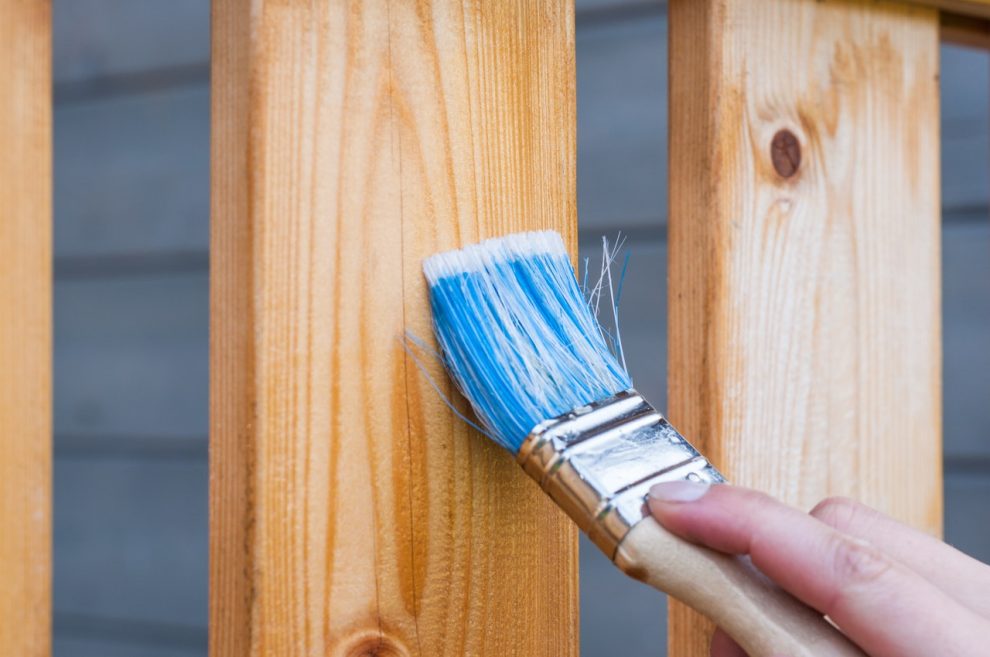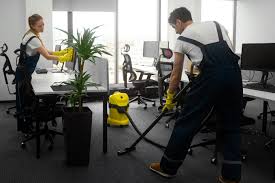You may not be aware that there are various different types of paint rollers available if you have never painted before. The variety of rollers available is due to the fact that each is tailored to a specific task. If you use the improper roller, your paint job may need to be redone.
Different types of rollers
Professional painters will know which paint rollers are appropriate for their projects. Here are some of the numerous types of paint rollers available, as well as some things to think about when shopping for them:
-
Manual paint rollers
When we think of paint rollers, we automatically think of manual rollers. They’re utilized to paint the insides of walls and the outsides of ceilings. Because of the length of their handles, they are ideal for painting high surfaces. The major disadvantage of a manual roller is that if you use it very high, the paint will drip down below.
-
Pad paint rollers
Pad rollers are made for trimming and edging. They’re flat and incredibly absorbent, and they’re designed to be used in straight, even strokes. When you use other types of rollers, you may notice that they splatter paint as they roll over a surface.
A pad roller is perfectly flat, so there is no chance of splattering or dripping. The pad roller’s platform also makes it easy to grasp and transport paint. This is the roller to use when you want to paint a surface with two or more colors.
-
Texture paint rollers
Textured rollers are designed to aid in the application of paint to textured surfaces. This is the quickest and most accurate way to apply paint in an artificial finish, thanks to special foam coverings with patterns engraved into them. They create textured rollers that look like wood grain, brick, stone, tile, and other interior design elements. Large surfaces, such as walls and ceilings, require textured rollers.
-
Mini hot dog paint rollers
This roller, also known as miniature paint rollers, is shaped to reach spots that a standard hand roller cannot. Mini hot dog rollers work well for painting behind items like toilets and sinks. Cabinets, shelving, and rolling doors are the most frequent items to be painted with them.
Like pad rollers, this roller can easily apply paint to trim and edging. The one disadvantage to this extremely useful roller is that it is easy to pick up too much paint, resulting in a spatter.
-
Specialty paint rollers
Paint manufacturers frequently recommend specialty rollers. Specialty rollers are used to apply textured paints. They tend to reduce spatter, are highly absorbent, and easily transfer paints such as suede, stone, and light plasters.
-
Thick nap paint rollers
The nap is a subcategory of paint rollers. ‘Thick-napped’ refers to any nap that is 3/4″ or 3/8″ thick. Stucco, decking materials, brick, masonry, ceilings, and drywall all benefit from thick nap rollers. The majority of the time, you’ll be painting with thick nap rollers. They can carry more paint and reach crevices that a thinner nap can’t.
-
Thin nap paint rollers
A 1/4′′ nap or a flat foam nap is used on a thin nap paint roller. They’re most commonly utilized on materials that require the smoothest possible finish. Paint rollers with a thin nap are used in some wall painting projects. Wood and metal are the most popular materials for which this sort of roller is used.
If you use a thick nap roller on a surface that calls for a small nap roller, the outcome will be a texture that looks like orange peel. Not exactly what you’re looking for!
-
Microfiber paint rollers
These rollers are available in low-cost, environmentally friendly paint rollers that may be used repeatedly. Microfiber rollers hold paint better than traditional paint rollers, resulting in less splatter and a smoother paint application.
Despite their reputation as the best paint roller, there is a time and place for them. Only use these rollers on jobs that require a smooth, consistent application. You won’t find texture here if you’re looking for it.
-
Long paint rollers
Even inexperienced painters can tell what size is best for a certain painting project by looking at it. The 9″ long roller is used on the walls and ceilings. Choose this size for any huge surfaces. This allows enough space to soak in the correct quantity of paint without going overboard, as well as the size to complete the task as quickly as possible.
-
Small paint rollers
4″ tiny roller frames are employed on paint tasks including doors, furniture, and cabinets at the other end of the size spectrum. Depending on the size and roughness of the material, you may still have problems with these kinds of tasks. To overcome this issue, a customized roller or a different type of roller may be required in conjunction with the four-inch frame.
Tips to check which roller is best for you
When selecting a roller, the thickness, material used, and quality of the roller should all be considered. Roller sleeves come in a variety of materials. Additionally, different materials should be used with various colors and on various surfaces.
- Woven Polyester: works with any paint, even full-gloss enamels.
- Knitted Polyester: better for water-based paints on flat and semi-smooth surfaces like wallboards and cement render.
- Lamb’s wool: due to the longer pile height, it’s best for rougher surfaces like cement render and masonry.
- Mohair: suitable for putting polyurethanes, epoxy resins, and fiberglass coatings to smooth surfaces when used with full and semi-gloss enamels.
- Micro Fiber: used with most water-based paints, and the short pile is suited for use with acrylic enamel paints on smaller areas such as kitchen cupboards where a mirror finish is required
- Foam: used with full and semi-gloss enamels on smaller areas such as kitchen cupboards where a mirror finish is required
- Textured: coarse, medium, and finely textured coat coverings
Conclusion
If you want an all-purpose, high-quality paint brush like a high-quality radiator brush by radiator brush manufacturers that can handle both water-based and oil-based chemicals. Its nylon/polyester bristles provide a smooth, even coat of paint to walls, furniture, trim, and just about any other painted surface. The Wooster Silver Tip Sash Brush is the finest choice if you require a brush designed for painting trim and other intricate work.












Add Comment